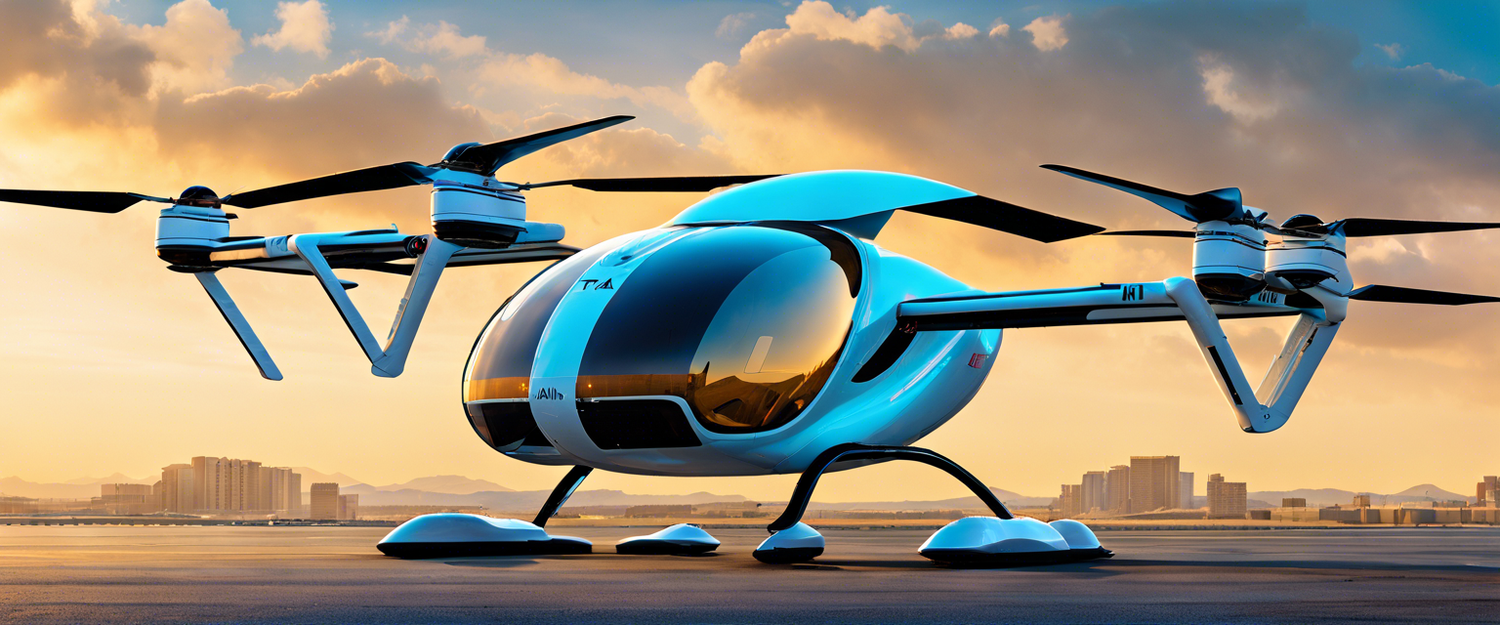The Future of Air Travel: FAA's Final Rules for Electric Vertical Takeoff and Landing Aircraft
The Federal Aviation Administration (FAA) has recently published final regulations for electric vertical takeoff and landing (eVTOL) vehicles, marking a significant milestone in the aviation industry. These new rules, heralded as guidance for the "air travel of the future," aim to establish a framework for a new class of aircraft known as "powered lift." This pioneering category of aircraft will be utilized for various applications including air taxis, cargo delivery, and emergency operations.
Understanding Powered Lift Aircraft
According to the FAA, powered lift vehicles represent the first new category of aircraft since the introduction of helicopters in 1940. FAA Administrator Mike Whitaker noted that these aircraft will play a crucial role in accommodating advanced air mobility operations. The unique design of eVTOL aircraft, featuring tilt rotors, allows them to take off and land like helicopters and transition into conventional flight like airplanes.
Key Regulatory Features
The published regulations outline essential guidelines for pilot training, operational requirements such as minimum safe altitudes, and visibility criteria. These regulations are critical for ensuring the safe integration of powered lift aircraft into existing airspace. Some key aspects of the final rules include:
- Incorporation of helicopter operating requirements for specific flight phases.
- Implementation of a Special Federal Aviation Regulation (SFAR) focused on instructor and pilot certification.
- Adoption of a performance-based approach to operational rules.
- Streamlined pilot training protocols, allowing training in powered-lift with a single flight control system.
Industry Reaction and Future Outlook
Numerous startups, including Joby Aviation, Archer, and Wisk, are gearing up to launch commercial air taxi services using these innovative aircraft within the next few years. The FAA’s approval of these final rules plays a crucial role in this transition, especially after a prolonged period of skepticism within the industry regarding overly strict regulations.
JoeBen Bevirt, CEO of Joby, praised the FAA for releasing the regulations ahead of schedule, emphasizing the potential for the United States to continue leading in clean flight technology. Bevirt stated, "Delivering the rules ahead of schedule is testament to the dedication, coordination, and hard work of the rulemaking team." This sentiment reflects a broader optimism within the industry regarding the adoption of advanced air mobility solutions.
Conclusion
The FAA’s final regulations for electric vertical takeoff and landing vehicles mark a pivotal moment in aviation history. By establishing a clear regulatory pathway, the agency is not only enhancing safety but also fostering innovation and growth in the aerospace sector. As the industry prepares for the introduction of these advanced aircraft, the emphasis on safety and performance will be critical in ensuring successful integration into the national airspace system.
Further Reading
For additional information on the developments in advanced air mobility and eVTOL technology, consider exploring these resources:



Dejar un comentario
Todos los comentarios se revisan antes de su publicación.
Este sitio está protegido por hCaptcha y se aplican la Política de privacidad de hCaptcha y los Términos del servicio.